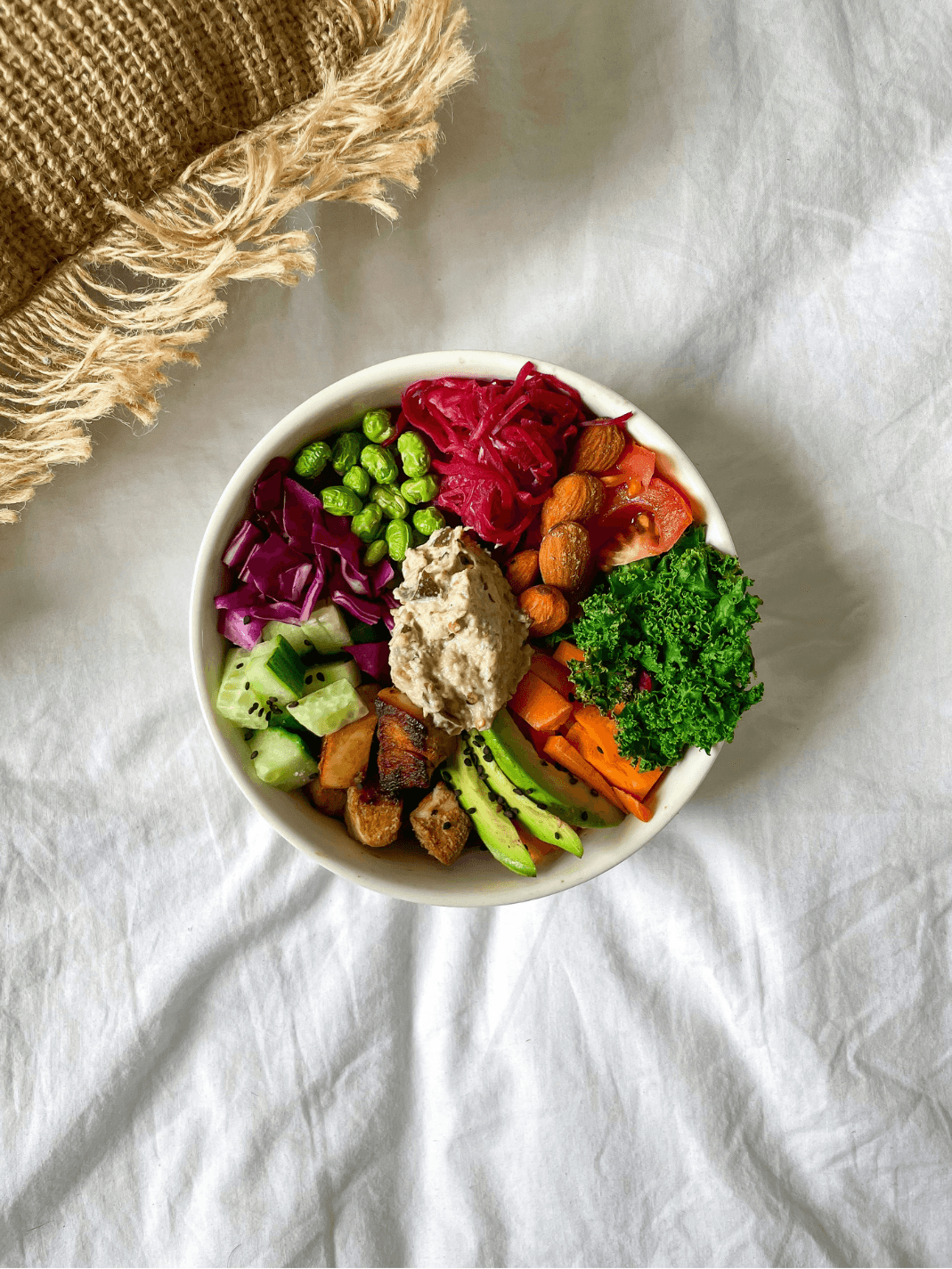Things to Know About the Glycemic Index

What is the Glycemic Index (GI)?
The glycemic index (GI) is a unit of measurement that shows how quickly foods containing carbohydrates raise blood sugar (glucose levels). The GI is a scale ranging from 0 to 100, with the GI value of pure glucose being determined as 100. Low-GI foods raise blood sugar more slowly, while high-GI foods raise blood sugar more quickly.
How is the Glycemic Index Calculated?
The glycemic index is calculated by measuring the rate at which a food raises blood sugar after it is consumed. Usually, after a food containing 50 grams of carbohydrates is consumed, the blood sugar level is measured at certain intervals and compared to pure glucose.
GI calculations are classified as follows:
Low GI (0-55): Slowly digested and absorbed. Increases blood sugar in a controlled manner.
Medium GI (56-69): Moderately increases blood sugar.
High GI (70-100): Digested and absorbed quickly. Increases blood sugar quickly.
Low, Medium and High GI Foods
Low GI Foods
Whole grain products
Legumes (lentils, chickpeas, beans)
Nuts (almonds, walnuts, hazelnuts)
Green leafy vegetables (spinach, broccoli, cabbage)
Yoghurt and milk
Medium GI Foods
Brown rice
Sweet potatoes
Oatmeal
Whole wheat bread
High GI Foods
White bread
Sugary drinks
White rice
Potatoes
Processed grains
Effects of Glycemic Index on Health
Foods with a high glycemic index increase insulin secretion because they increase blood sugar rapidly. This situation can increase the risk of insulin resistance, type 2 diabetes, obesity and heart disease in the long term. Low GI foods increase blood sugar in a more balanced way, provide more stable energy levels and prolong the period of satiety.
Health Benefits of Glycemic Index:
Keeps blood sugar balanced
Reduces hunger
Reduces the risk of type 2 diabetes
Supports weight management
Protects heart health
Ways to Lower Glycemic Index
Prefer Foods High in Fiber: Fiber foods slow down digestion and balance glucose absorption.
Combine with Protein and Fat: Consuming carbohydrates with protein and healthy fats prevents sudden increases in blood sugar.
Avoid Processed Foods: Refined carbohydrates and foods high in sugar increase blood sugar rapidly.
Use Vinegar and Lemon: Adding vinegar or lemon to meals can slow down digestion.
Use Low GI Alternatives: Whole grain bread can be preferred instead of white bread, and brown rice can be preferred instead of white rice.
Saledo Banana Flour and Glycemic Index
Saledo banana flour is a product with a naturally low glycemic index. Thanks to its high fiber content, it slows down digestion and helps balance blood sugar.
Benefits of Saledo Banana Flour:
Balances blood sugar levels with its low GI value.
Supports intestinal health with its probiotic effect.
Rich in potassium, magnesium and fiber.
Since it is a gluten-free alternative, it can also be consumed by celiac patients.
Conclusion
Glycemic index is of great importance in terms of healthy nutrition. It is possible to keep blood sugar balanced, maintain weight control and reduce the risk of diabetes by consuming low GI foods. Low glycemic index foods such as Saledo banana flour are a good alternative for a healthy life. You can live a healthier life in the long term by including low GI foods in your diet.